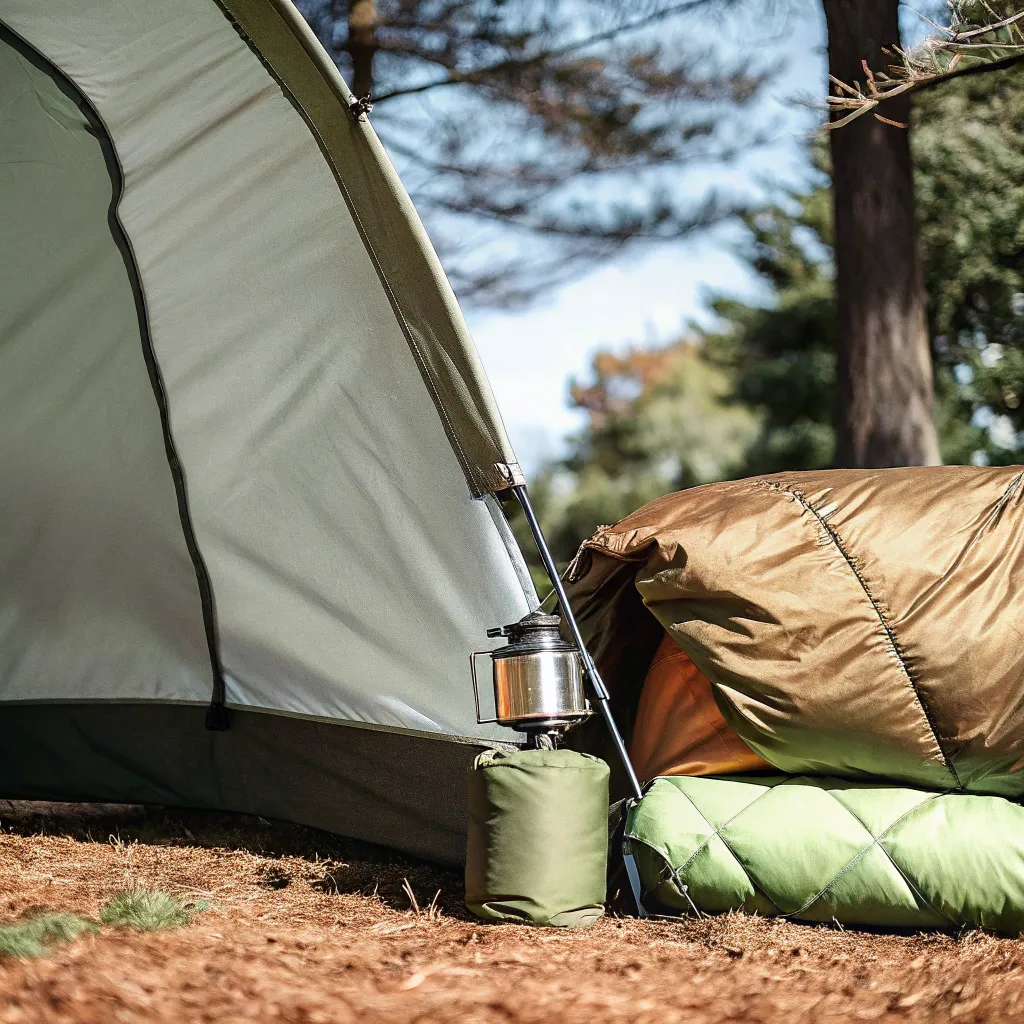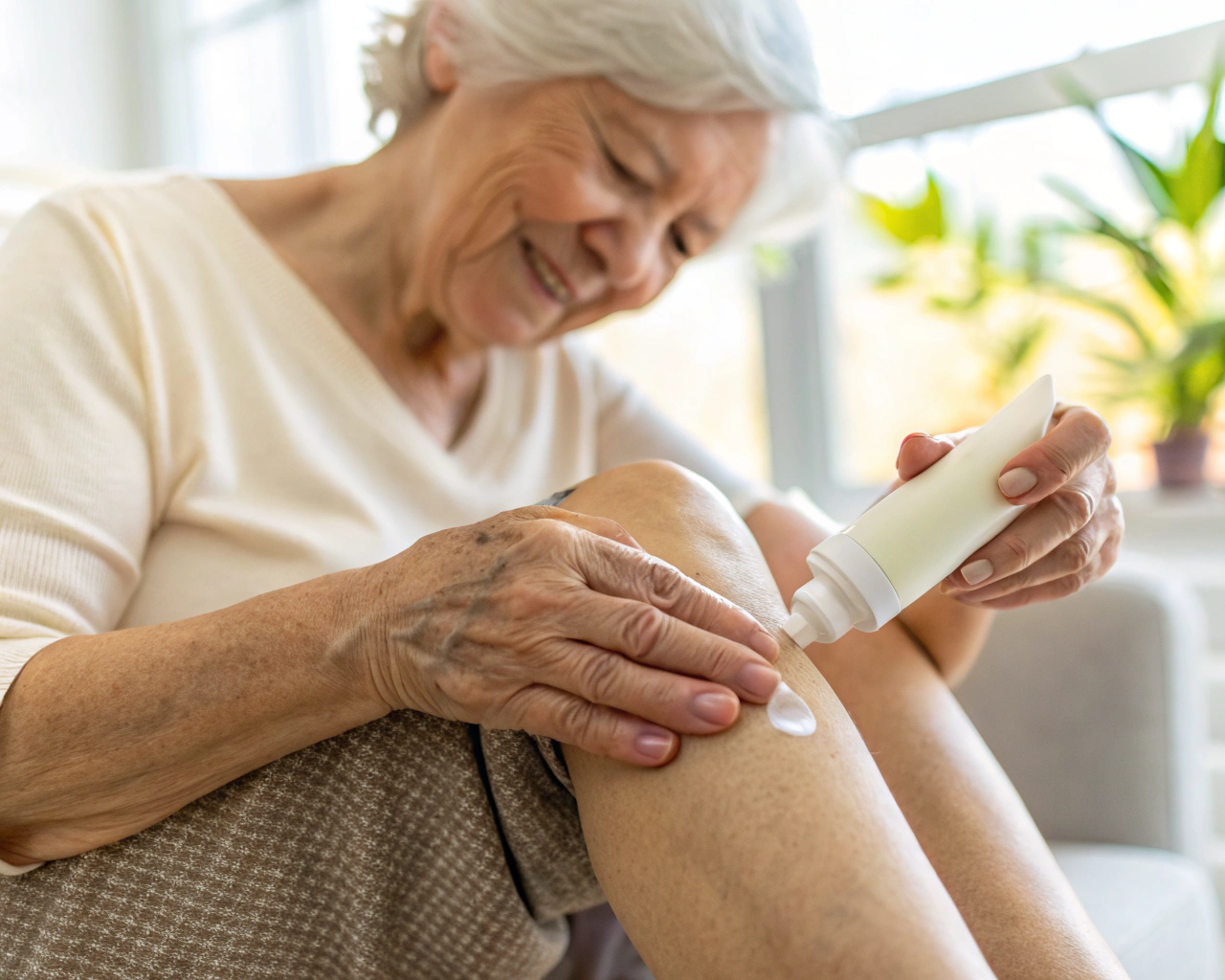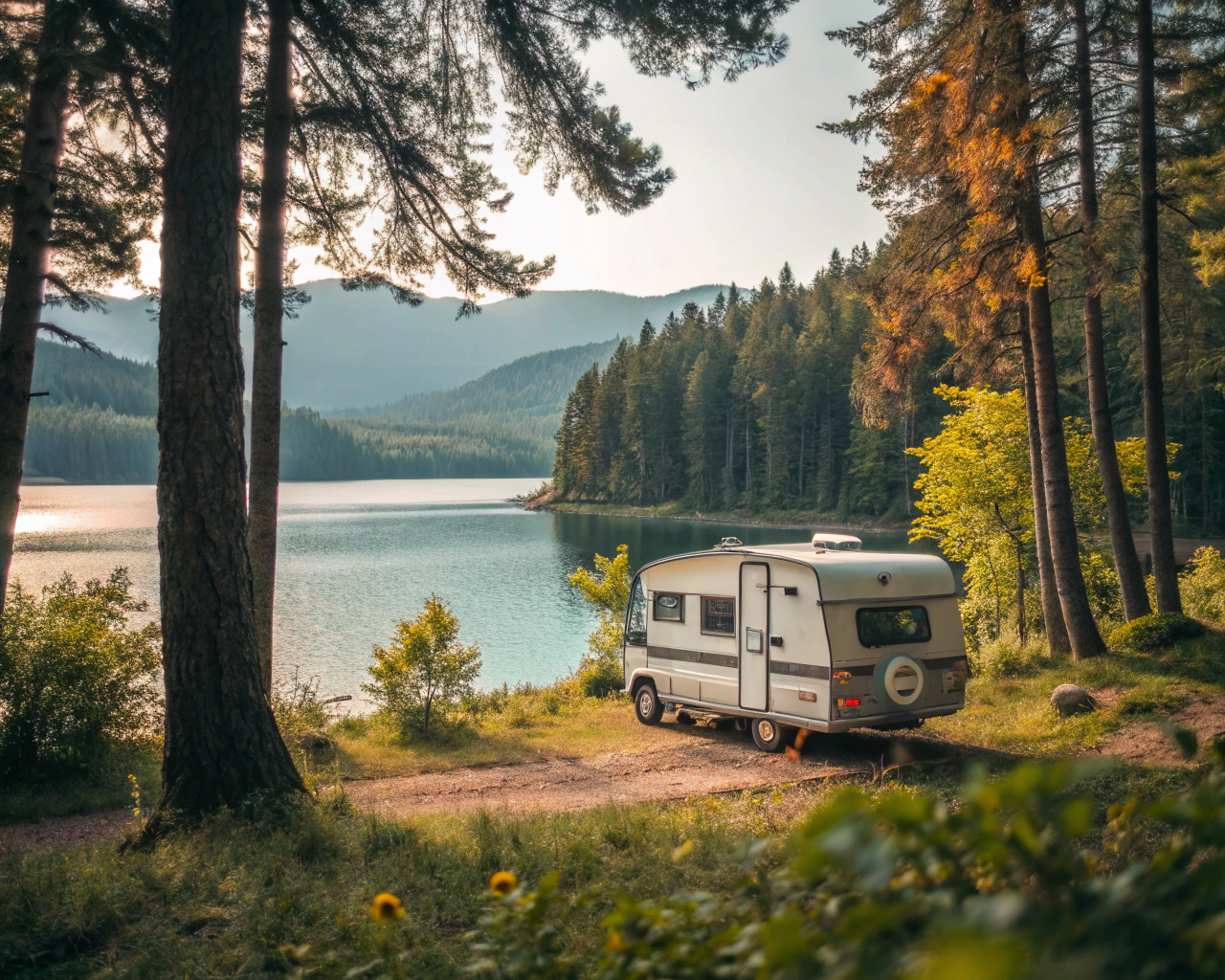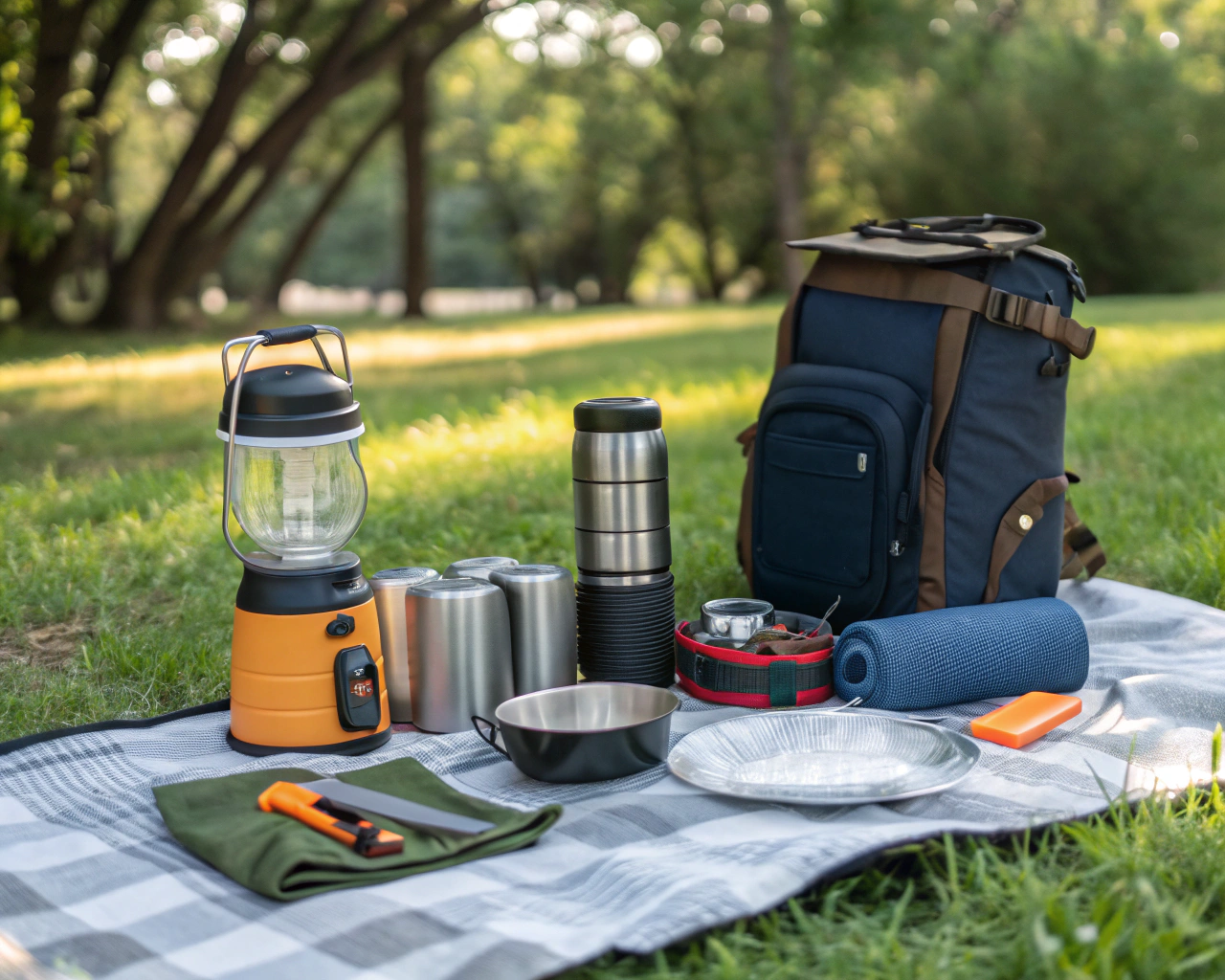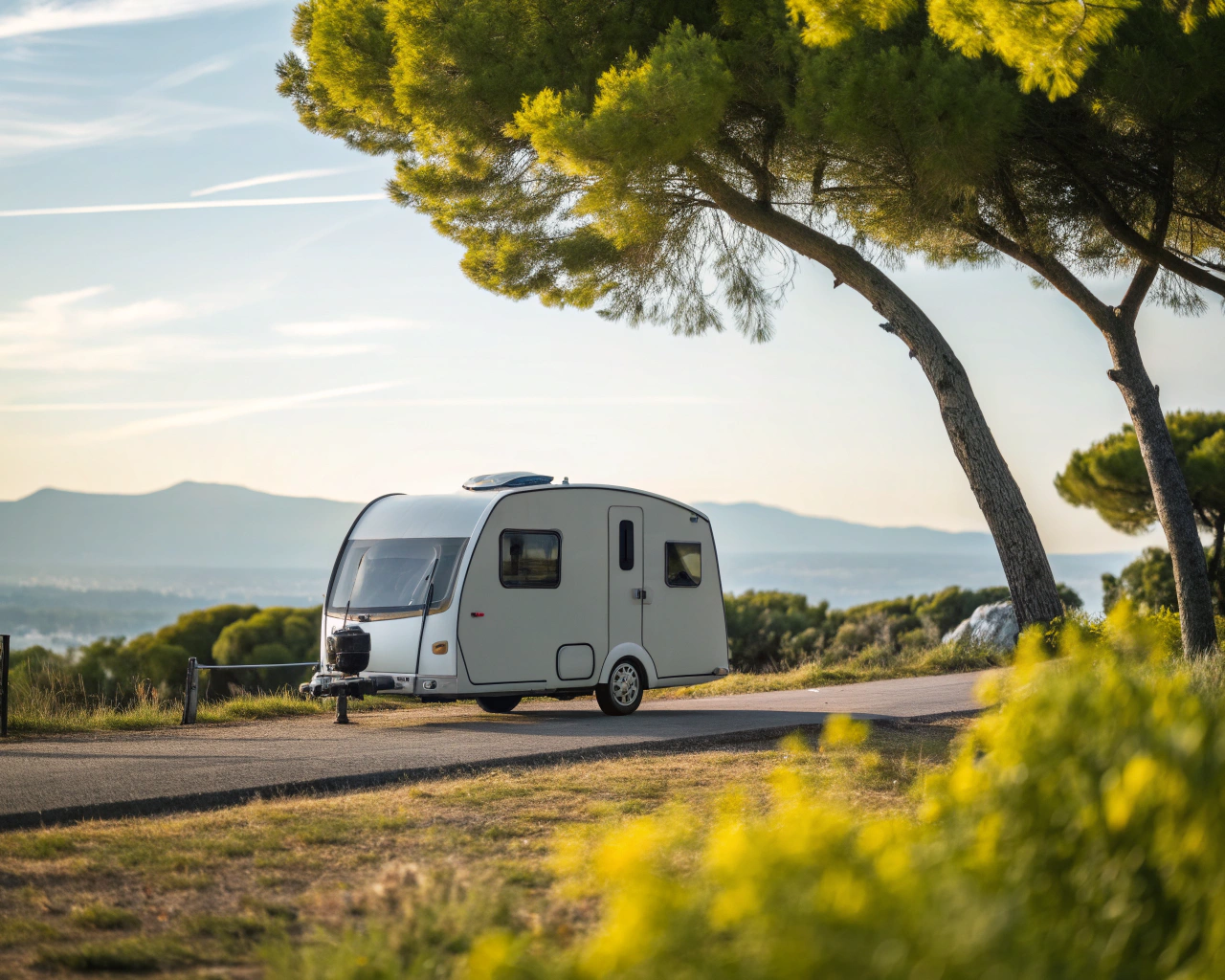There's something magical about fall camping—the crunch of leaves underfoot, the crisp morning air, and evenings spent around a crackling fire as temperatures drop. But anyone who's ventured out in autumn knows that unpredictable weather patterns and dropping temperatures require thoughtful gear selection. After testing dozens of products during several fall excursions, I've compiled this guide to help you prepare for your next autumn adventure.
Layering Systems: The Foundation of Fall Comfort
When temperatures swing from frosty mornings to sunny afternoons and back to chilly evenings, having the right clothing system makes all the difference.
Base Layers That Perform
I've learned (sometimes the hard way) that cotton is absolutely your enemy when camping in fall. After waking up damp and freezing on a trip last October, I've become evangelical about merino wool base layers. They regulate temperature beautifully, don't retain odors even after multiple days, and—unlike synthetic options—still insulate when damp.

The Smartwool 250 weight tops and bottoms have been my go-to for three seasons now. They're pricey at around $100 per piece, but considering I've worn mine for countless trips without signs of wear, the cost-per-use makes them worthwhile investments. For those on tighter budgets, REI's midweight base layers offer solid performance at about 40% less cost.
Mid-Layer Magic
The Patagonia Nano Puff has earned its legendary status in my camping kit. It packs down to practically nothing, provides remarkable warmth for its weight, and handles light moisture better than expected. What I particularly appreciate is how it performs when stuffed into its own pocket as a camp pillow—a dual-purpose feature that helps justify its $200 price tag.
A newer addition to my fall lineup is a lightweight fleece pullover. On milder days, it's all I need over a base layer, and on colder nights, it adds crucial warmth under my puffy jacket. The North Face TKA Glacier quarter-zip hits the sweet spot of warmth, weight, and breathability for me.
Shelter and Sleep Systems
Tents That Handle Fall Conditions
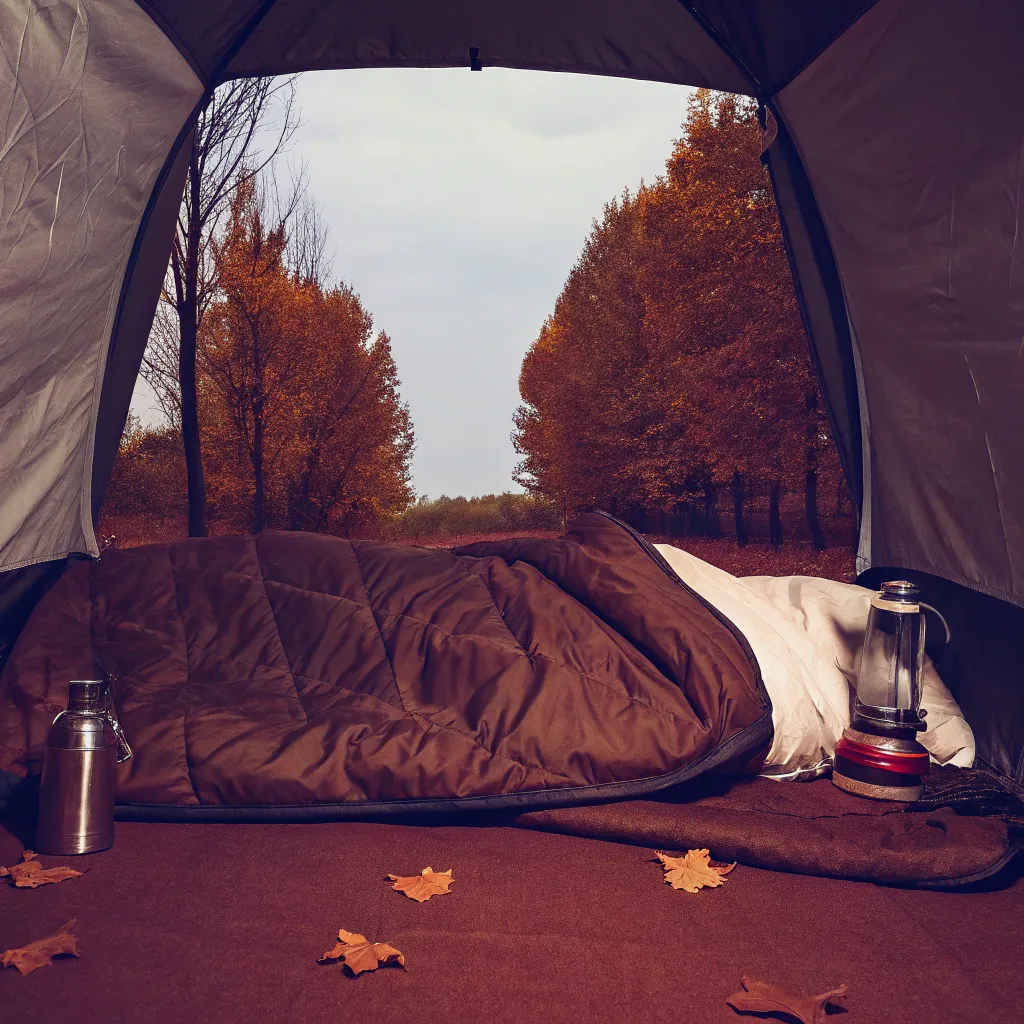
Fall camping demands more from your shelter than summer outings do. After experiencing an unexpected early snow during a trip in the Adirondacks, I upgraded from my ultralight summer tent to the MSR Hubba Hubba NX 2-person tent. Its robust rain fly extends nearly to the ground, preventing those sneaky side-blown drizzles from finding their way in.
The slightly heavier design (about 3.8 pounds) offers noticeably better wind stability—something you'll appreciate when those gusty fall fronts roll through at 2 AM. The additional guy-out points might seem excessive until you've weathered your first autumn storm and found yourself grateful for every one of them.
Sleep Systems for Dropping Temperatures
Nothing ruins a fall camping trip faster than shivering through the night. I learned this lesson the hard way last year when I brought my 40°F sleeping bag to the mountains in late October. Even with extra layers, I was miserably cold when temperatures dipped to 35°F.
I've since switched to the REI Magma 15 sleeping bag, which provides ample warmth for most fall conditions without excessive bulk or weight. Paired with a sleeping pad with an R-value of at least 4 (I use the Therm-a-Rest NeoAir XTherm), this combination keeps me comfortable even when frost covers the tent in the morning.
One unexpected hero in my fall sleep system is a simple hot water bottle. Filling a durable Nalgene with hot water and tucking it into the foot of my sleeping bag about 30 minutes before bedtime transforms the sleeping experience on particularly cold nights.
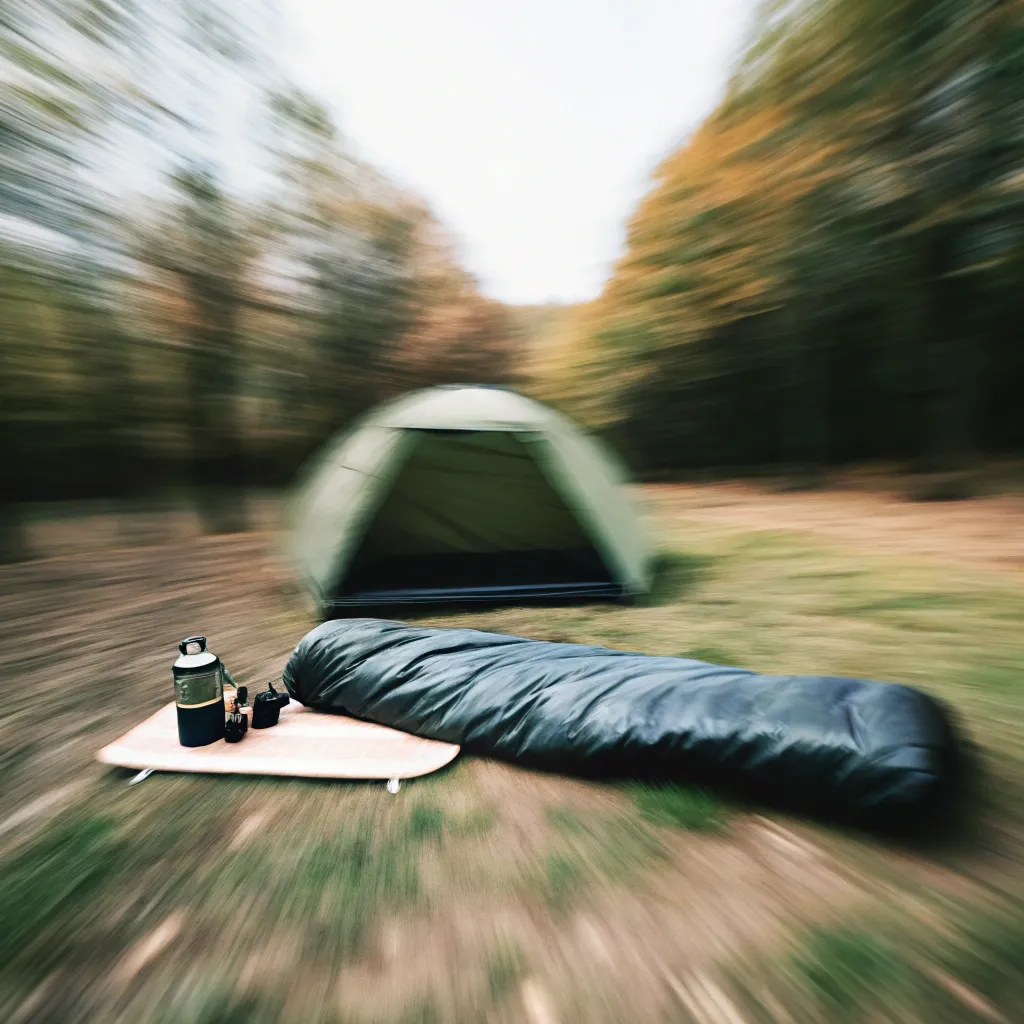
What Should I Pack for Unpredictable Fall Weather?
This question plagues many campers as they prepare for autumn adventures. The key is versatility and preparation without overpacking.
First, always pack rain gear—even if the forecast looks clear. Fall weather can change rapidly, and being caught without protection can be miserable at best and dangerous at worst. A quality rain jacket like the Outdoor Research Helium (weighing just 6.3 ounces) takes up minimal space but provides essential protection.
Second, gloves and a warm hat are non-negotiable. The Showa 282 gloves have developed something of a cult following among hikers and campers for good reason. Unlike many options that claim to be waterproof but fail after light use, these actually keep your hands dry and warm in genuinely wet conditions. At about $25, they're surprisingly affordable for their performance.
Third, consider your footwear carefully. Fall often means muddy trails and occasional stream crossings that might be higher than expected due to seasonal rains. Waterproof hiking boots with good ankle support have proven more practical than trail runners for most of my fall excursions.
Finally, don't forget a sitting pad! The ground gets cold quickly in fall, and having something insulated to sit on around camp makes evenings much more enjoyable. A simple foam pad weighs almost nothing but makes a huge difference in comfort.
Camp Kitchen Essentials for Crisp Mornings
There's nothing quite like a hot meal or drink when you're camping in cool weather. My camp kitchen setup has evolved significantly for fall trips.
The MSR PocketRocket Deluxe stove has replaced my ultralight alcohol stove for fall camping. While slightly heavier, its superior performance in wind and cold temperatures makes meal preparation much more reliable. The built-in igniter means no fumbling with matches when your fingers are cold—a small feature that becomes enormously appreciated in practice.
I've also upgraded my cooking pot to one with a heat exchanger, like the Jetboil 1.5L cooking pot. The increased efficiency means less fuel consumption and faster boiling times—both crucial when you're trying to make that morning coffee while shivering.
Speaking of coffee, don't underestimate the morale boost that hot beverages provide on chilly mornings. A simple pour-over setup like the GSI Ultralight Java Drip weighs practically nothing but delivers proper coffee that can transform a frosty morning into something magical.
Lighting for Longer Nights
With daylight hours shrinking through fall, reliable lighting becomes increasingly important. The Black Diamond Spot 350 headlamp offers an excellent balance of brightness, battery life, and weight. Its red light mode preserves night vision around camp and doesn't attract as many insects.
I also bring a small lantern for tent and camp ambiance. The Goal Zero Crush Light provides surprisingly pleasant illumination, charges via solar or USB, and collapses flat for packing. It's not essential gear, but the comfort it adds to long fall evenings makes it worth its minimal weight penalty.
Final Thoughts on Fall Camping Preparedness
Fall camping offers some of the year's most rewarding outdoor experiences—fewer crowds, no bugs, spectacular foliage, and that perfect sleeping weather. But it requires more thoughtful preparation than summer outings.
After numerous autumn trips across varied terrain, I've found that successful fall camping isn't about having the absolute latest gear, but rather about having the right gear for the conditions. The items highlighted above have earned their place in my pack through actual field testing rather than just impressive specs or marketing claims.
Remember that regional conditions vary widely in fall. A September trip in the Southwest will have very different requirements than a November outing in New England. Research your specific destination's typical conditions, and always prepare for weather about 10-15 degrees colder than the forecast suggests.
With the right gear and mindset, fall might just become your favorite camping season—it certainly has become mine.
Have you found any particular gear indispensable for your fall camping trips? Or do you have questions about specific items mentioned? Share your experiences in the comments below!

